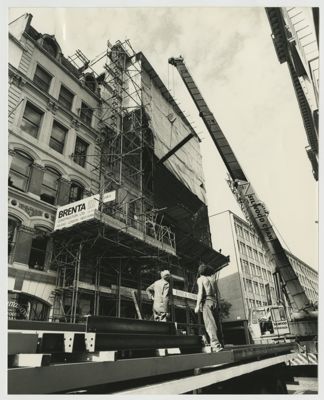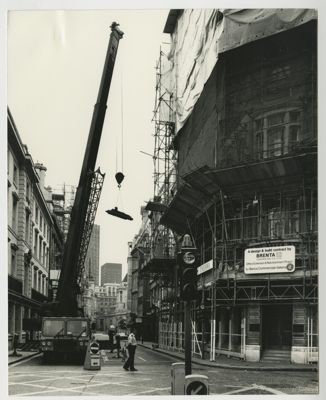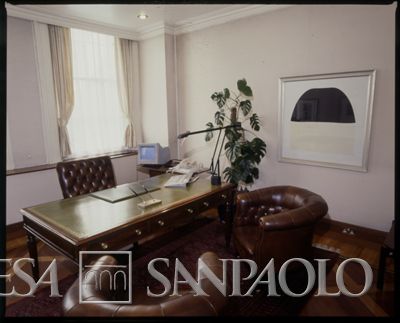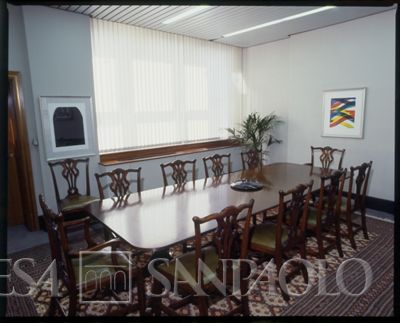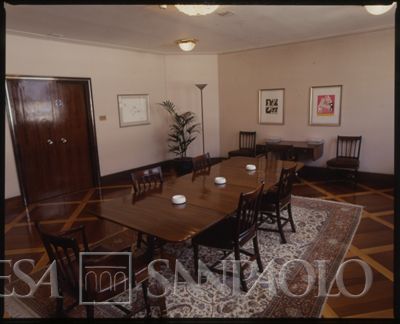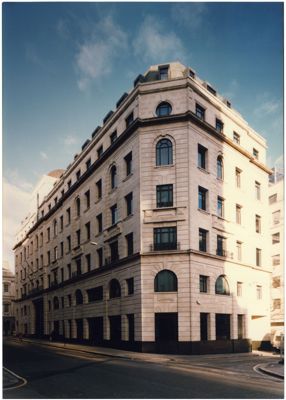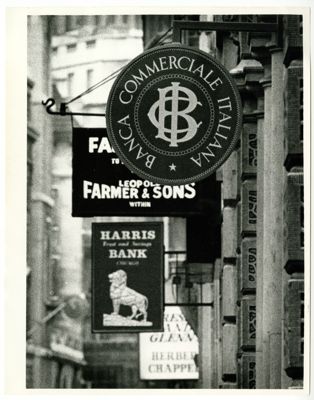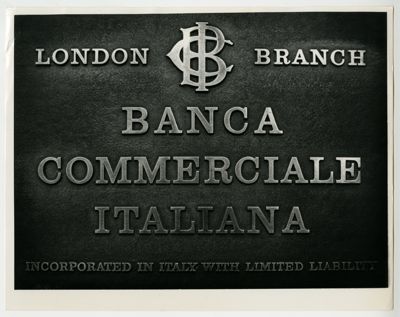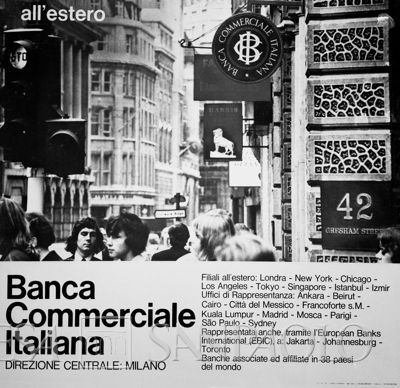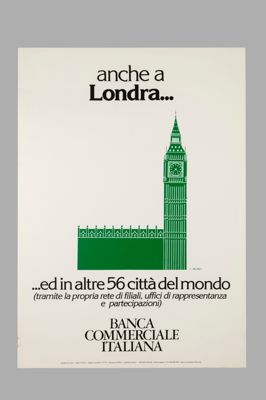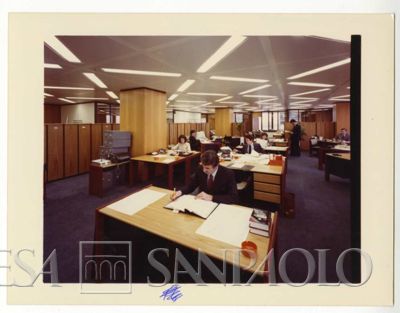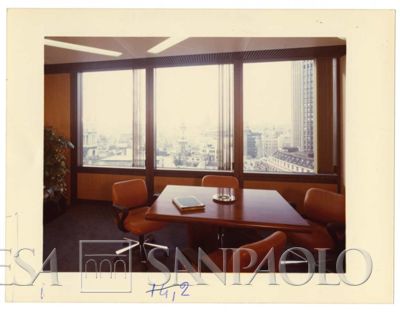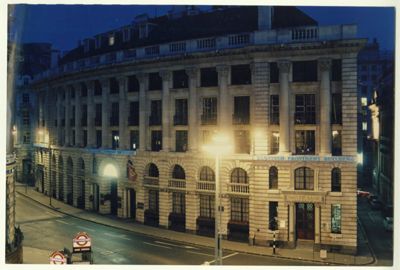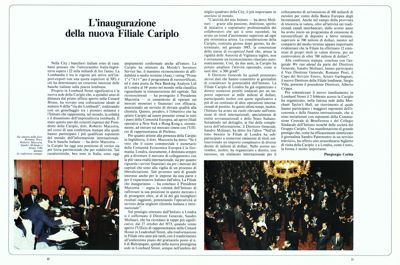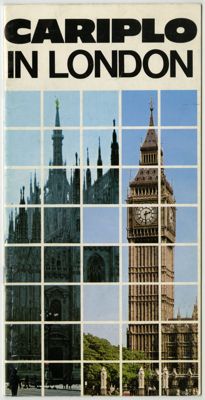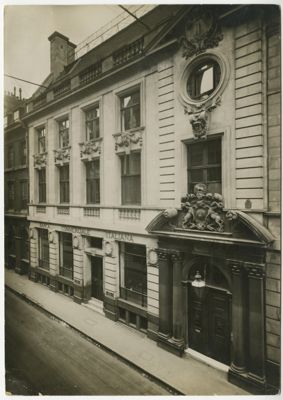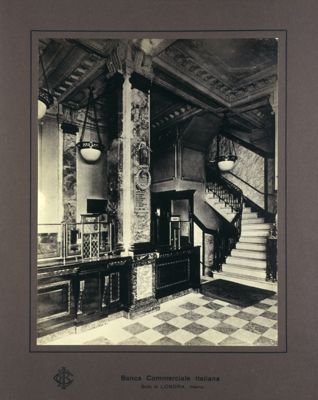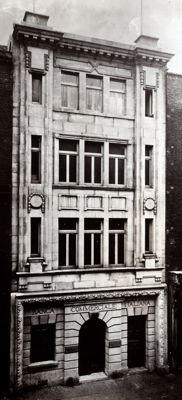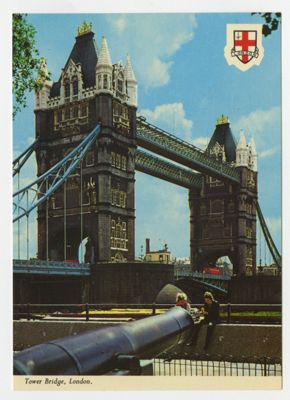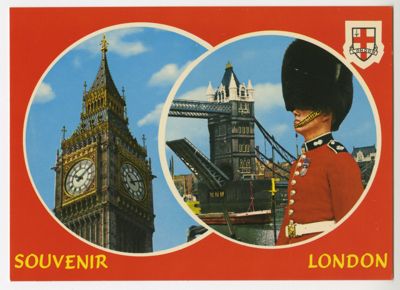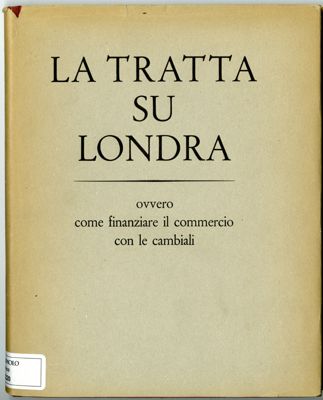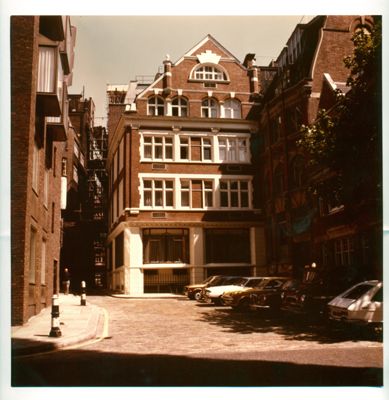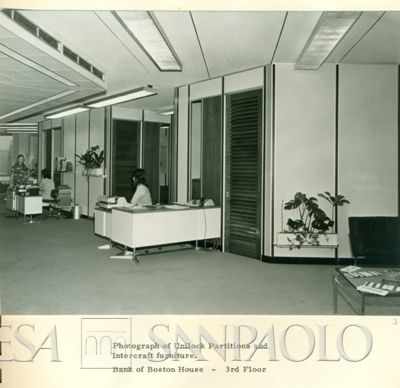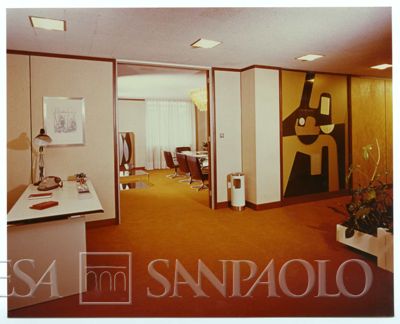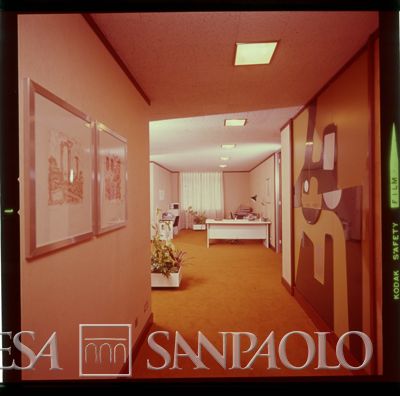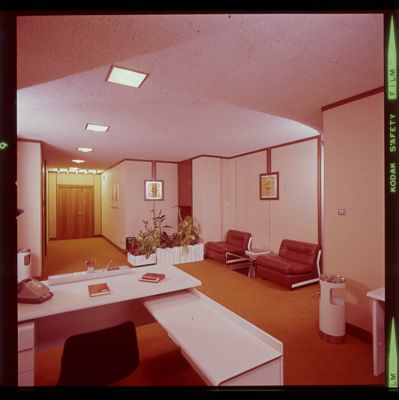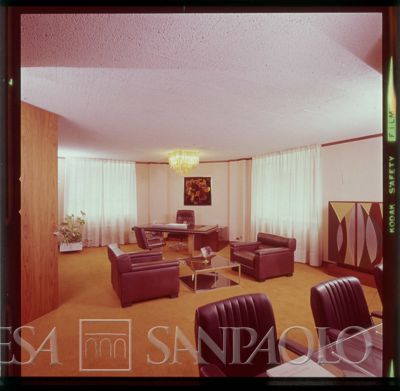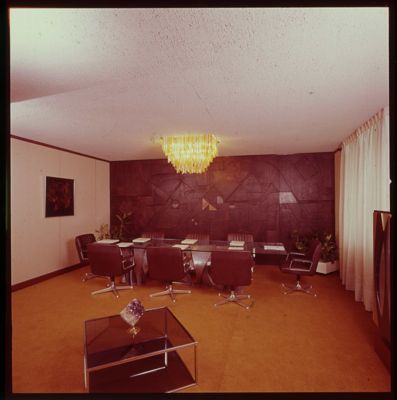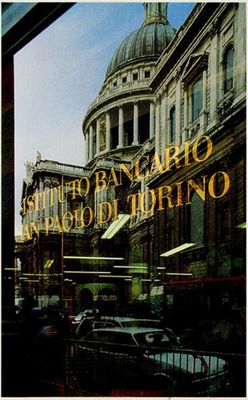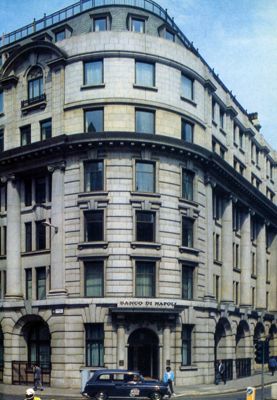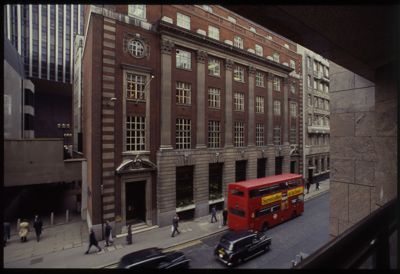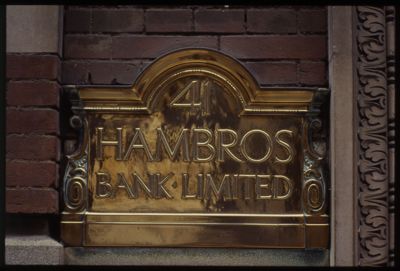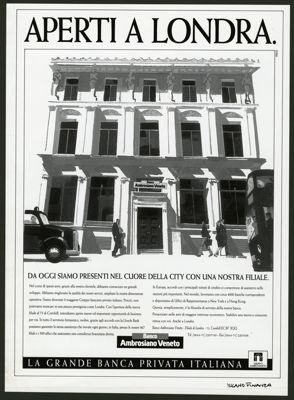| description |
TIMELINE
1911: Banca Commerciale Italiana (BCI) branch inaugurated in London.
1940: BCI branch in London closed due to Italy's entry into World War II.
1947: BCI representative office opened in London.
1947: Banco di Napoli (BN) representative office opened in London.
1960: Istituto Bancario San Paolo (IBSP) representative office opened in London.
1971: BCI branch in London reopened.
1971: Istituto Mobiliare Italiano (IMI) representative office opened in London.
1973: Cassa di Risparmio delle Provincie Lombarde (CARIPLO) representative office opened in London.
1973: Cassa di Risparmio di Firenze representative office opened in London.
1981: CARIPLO representative office in London transformed into a branch.
1985: BN branch opened in London.
1991: Banco Ambrosiano Veneto representative office opened in London.
Banca Commerciale Italiana (BCI) inaugurated its first foreign branch in London on 11 December 1911, following in the footsteps of Credito Italiano, which had opened its own London branch shortly before, on 18 September of the same year.
BCI chose the English capital for its first international opening to address its need for a presence in the world's largest financial center, something that would allow it both to provide support and assistance to Italian importers and to gain access to the draft discount system. Indeed, London was Europe's leading center both for the financial and foreign exchange market and for trade and raw materials.
BCI's London branch was immediately chosen by the Italian Treasury as its correspondent on the London market. The bank opened its first city agency in the West End in 1914; it would add a second in Soho in 1920.
The branch would continue to operate until World War II broke out; following Italy's declaration of war, it was closed and liquidated in 1940, and would not reopen until 1971.
In the meantime, BCI continued to maintain a presence in the City with a representative office opened there in 1947, the same year in which Banco di Napoli (BN) set up its own such office in London, where it had operated since 1919 through the correspondent bank C. J. Hambro & Son.
Istituto Bancario San Paolo also opened a representative office in London in 1960 in order to step up the pace of its own international activities and bolster business and correspondent relationships with Great Britain's leading banks.
Istituto Mobiliare Italiano (IMI) followed suit in 1971, creating its own such office in England's capital city, "both to carry out the Institute's European currency and Euro-dollar operations, and in view of Great Britain's hoped-for entry into the Single Market"; CARIPLO would do the same a couple of years later. Lombardy was among Italy's most active regions in terms of its import-export relations with England, one of the reasons that led CARIPLO to transform its own representative office into a branch in 1981, thereby enabling the bank to provide a broader array of services to its domestic and international customers. The branch obtained official "recognized bank" status in 1985, the same year in which BN opened its own London branch.
Banco Ambrosiano Veneto (BAV), by now an international institution itself, also opened a representative office in London in 1991, transforming it into a branch a year later. BAV's aim in setting up the office was dual: to offer greater support to its customers and to open a window onto London, establishing a presence in Europe's most important financial center.
It was these same objectives that led Banca Intesa and later Intesa Sanpaolo to maintain their presence in the City over time. The London branch would eventually become the key hub for the bank's various international offices. |
